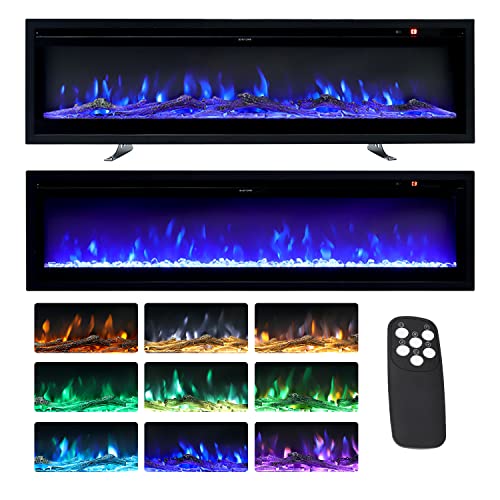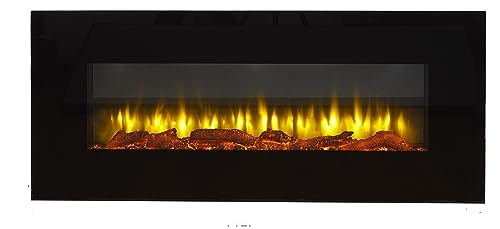See What Shed Wood Burner Tricks The Celebs Are Utilizing

Angelina
2025-01-21 12:56
7
0
본문
 Important Points to Consider When Installing a Shed Wood Burner
Important Points to Consider When Installing a Shed Wood BurnerAdding a shed wood burner to your outdoor space is a great method to make it cozy and comfortable all year round. But there are some key aspects to take into consideration, from regulations and safety requirements to sizing and the installation.
A safe distance between a single wall flue pipe and any combustible material is 3 times its diameter, however this distance can be decreased by using an insulative board to shield it.
How do I install it?
A shed log burner can transform an outdoor summerhouse or garden shed into a warm, welcoming and cosy space to relax in. However there are a variety of considerations to take into account to ensure your shed wood burner is safe and in compliance with the regulations.
Consider first the output you need from your stove. A size that is too big or too small wood burning stove could cause the shed to overheat, while a size that is too very small wood burner could not be able to provide enough heat. Consult a professional to determine the right size for your shed.
Once you've decided on the size, you have to decide on a location for your flue pipe. This should be far from any water sources, as well as any fire-risks that could be a concern, such as furniture or plants. Ideally, the flue should go through the roof of the shed. It is recommended to hire a professional roofer for this part of the job, to ensure the work is done properly and is weatherproof.
The roof where the flue pipe runs should be sealed with a fire retardant sealant in order to prevent moisture entering the shed and potentially creating damage. It is also recommended to put a back stopper that is protected from corrugated sheet or other material on the stove's side that is facing the shed to stop it from burning through.
Following the safety guidelines for wood burners in sheds is essential to ensure that your installation is compliant with the building regulations. The guidelines include keeping a certain distance from combustibles, such as wood and plastics. In certain instances, it may be necessary to install a heat shield behind the stove to safeguard surfaces that could be combustible.
Consult an experienced HETAS-registered installer if you're unsure how to install your shed wood burner. They can assist you with the best size stove for your shed, and the best place to put it to meet all rules. They'll also be able to install your stove and make sure that it's certified as safe to use.
Safety Requirements
It is crucial to ensure that the installation of a wood stove for your shed is done in a safe manner. Not only will this ensure safety, but it will also prevent damage to the stove and the structure of your shed.
It is recommended that your stove be installed by a professional to ensure everything is in compliance with the rules. They can recommend the right size stove for your shed according to its size and the insulation levels. They can also advise you on the necessary fireproofing and security measures that you need to put for your shed.
One of the biggest issues that can impact the performance and endurance of a wood stove in the shed is dampness. The presence of moisture in wood can lead to combustion problems, which can lead to excessive smoke or creosote. Use only dry, seasoned firewood or preferably kiln-dried wood to prevent this.
Another key issue is ensuring that there is adequate ventilation in the shed. Carbon monoxide poisoning can be fatal if it is not detected early enough when there is not enough ventilation. Install CO detectors and an air vent near your stove to ensure there is enough oxygen in the shed.
A heat shield must be installed behind the stove. It is also crucial to ensure that the flue and chimney are properly sized and sealed. It's also crucial to only burn clean wood that is seasoned and clean. Do not use treated wood because this could release harmful chemicals into the combustion gases.
If you follow the steps above you should not have any trouble installing the shed log burner which will provide heating as well as a cosy ambience in your cabin or shed. Register your new stove for full warranty protection and check with the authority with jurisdiction before proceeding. Be sure to keep the space around your shed's burning stove clear of any accidental collisions with furniture or vehicles!
Ventilation
If you have a log burner in your shed or summer house, it is crucial to ensure sufficient ventilation throughout the area. This will allow the fire to burn more efficiently, and will reduce emissions. This will also prevent the accumulation of carbon monoxide or other gases that can be hazardous in a very small wood burning stove area like a cabin or shed.
It is also crucial to seal the roof before the flue enters. This will ensure that the shed is able to resist the elements and keep out rain and other debris. You can do this by using a sealant to protect the flue pipe or by installing an edging around the chimney. The stove's manufacturer should be able to provide these and any necessary seals.
Before installing your wood burner for your shed, make sure that you adhere to any applicable rules and safety guidelines. This is especially important in Conservation Areas and in certain locations. In general, it is unlikely you will need permission to install a stove in your shed. If you aren't sure you should consult an expert who will be able to advise you on this.
Once you've confirmed that you can legally install an oven in your shed, it is time to begin. Begin by determining the size stove you will need to heat your shed. The best way to accomplish this is to consult an expert, who can recommend a stove based on your shed's dimensions and insulation levels.
Then, you must decide the place you'll put the stove and mark the positions of the hearth plate and the hole for the flue system. You can use the template provided in the kit, or the flue pipe.
Once you have marked the spot of the stove, you'll have to drill holes for the hearth plate as well as the flue pipe. It is crucial that the gaps do not get too big, or the flue system could be compromised. The minimum gap between the stove's floor and the bottom of the stove should be 40mm.
Cleaning
 If you're using your shed Wood burner clearance sale burner There is a lot of maintenance that is required. Some homeowners notice that a substance known as creosote has accumulated on their chimney. Others also find that the grate of the stove is covered in soot. It is crucial to clean the stove after each use, and especially when you turn it on for winter. The stove needs to not be lit when you do this. It is also recommended that you clean the chimney at least once a year, or more frequently when you use your shed's wood burner frequently. If you have a door from the shed to the house Some people prefer to purchase a second hand wood burner carrier that makes moving the logs much easier and cleaner. These are usually available at garden and home centers, or on the internet.
If you're using your shed Wood burner clearance sale burner There is a lot of maintenance that is required. Some homeowners notice that a substance known as creosote has accumulated on their chimney. Others also find that the grate of the stove is covered in soot. It is crucial to clean the stove after each use, and especially when you turn it on for winter. The stove needs to not be lit when you do this. It is also recommended that you clean the chimney at least once a year, or more frequently when you use your shed's wood burner frequently. If you have a door from the shed to the house Some people prefer to purchase a second hand wood burner carrier that makes moving the logs much easier and cleaner. These are usually available at garden and home centers, or on the internet.
댓글목록0
댓글 포인트 안내